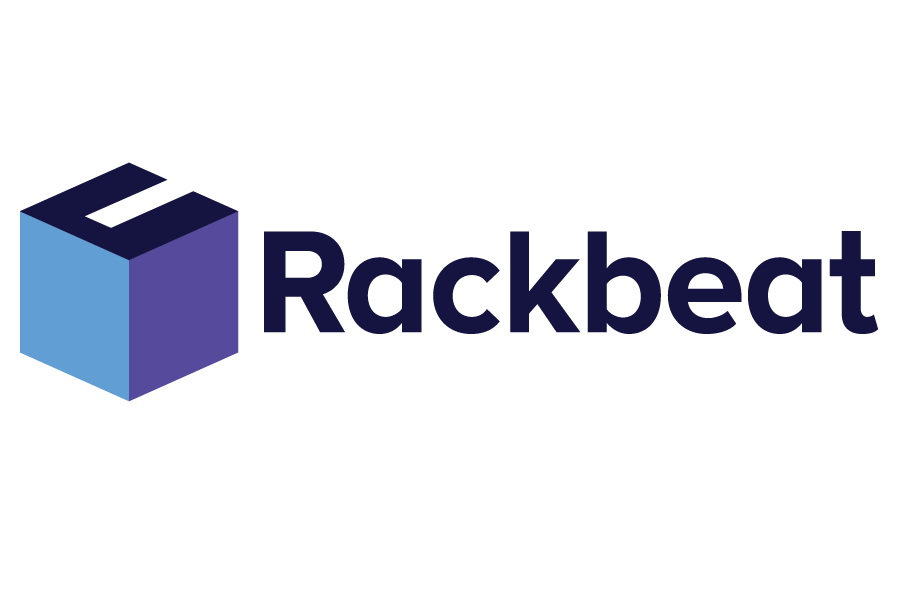Packaging
Packaging refers to the materials and methods used to wrap, protect, store, and transport goods. This can include anything from cardboard boxes, plastic wrap, and wooden pallets to foam inserts, labels, and tape. The main purpose is to ensure that a product reaches its destination in good condition – while also meeting requirements for storage, handling, and identification.
Rackbeat October 10, 2025
Why Is Packaging Important in Inventory Management?
In inventory management, packaging plays a vital role. It’s not just about getting products safely from point A to B – it’s also about streamlining workflows and minimizing waste. Packaging affects how goods are received, stored, and shipped.
Benefits of proper packaging:
Protection: Prevents damage to goods during transport and storage.
Efficiency: Makes it easier to pick and pack orders quickly and accurately.
Space optimization: Standardized packaging formats can reduce wasted space in the warehouse.
Clear labeling: Provides an overview of contents, product data, and handling instructions.
Professional appearance: Well-designed packaging enhances the customer experience.
Packaging and Sustainability
Sustainable packaging is no longer just a nice-to-have – it’s a competitive advantage. For both consumers and businesses, it’s becoming increasingly important that packaging protects not only the product, but also the environment.
Many companies are actively working to:
Minimize the use of single-use materials
Replace plastic with biodegradable alternatives
Use reusable or recyclable materials
Reduce over-packaging – that is, using only the amount of packaging truly needed
There’s also growing focus on the entire life cycle of packaging:
How is it produced? How is it used? And what happens after? Is it easy to sort, recycle, or decompose?
It’s about more than just material choice – it’s also about smarter logistics. The more accurate your inventory management and shipping planning are, the easier it is to tailor packaging to actual needs and avoid unnecessary waste. This not only saves money but also reduces your environmental footprint.
Examples of sustainable packaging solutions:
Cardboard boxes made from recycled paper
Compostable packing fillers instead of plastic chips
Water-based tape instead of plastic-based alternatives
Packaging designed for reuse in circular logistics systems
Investing in sustainable packaging can pay off – both financially and environmentally. And as demands from both regulations and customers increase, it’s becoming a necessity for many businesses.
In Short
Packaging is an essential part of both logistics and inventory management. It protects your products, ensures efficient handling, and can enhance the customer experience. With growing focus on sustainability, packaging today is also a key element in the green transition.
Get Insights on Inventory Management – Straight to Your Inbox
Want to learn how to optimize your inventory processes, reduce waste, and stay updated on the latest trends in logistics and warehouse management? Sign up for our monthly newsletter – filled with practical tips, industry insights, and expert advice.


